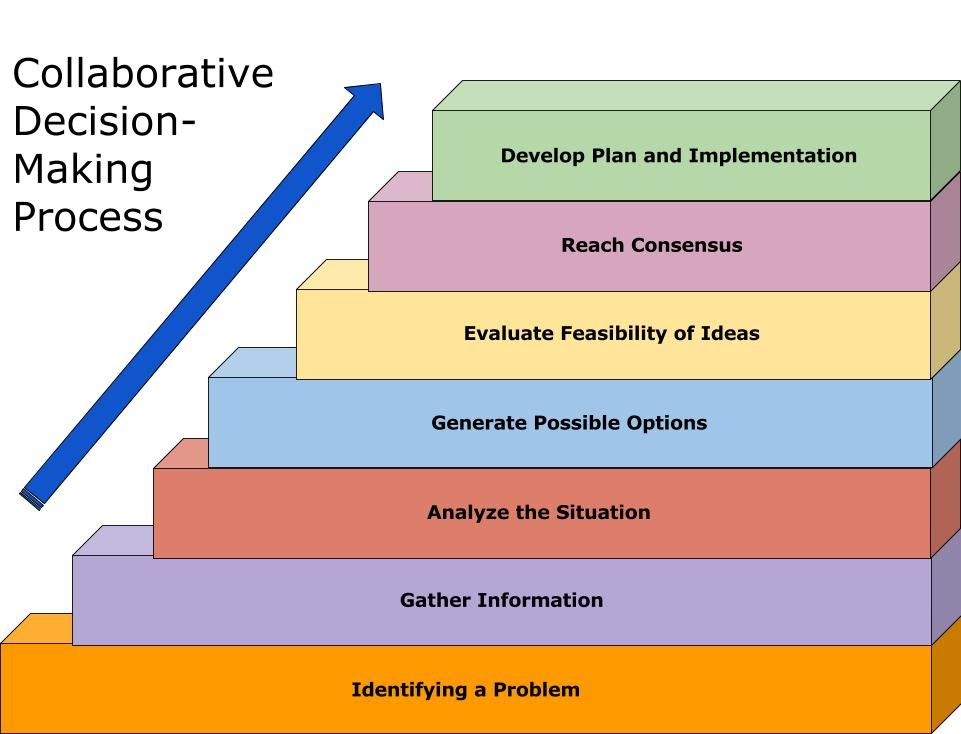Collaborative Problem-Solving Steps
NOTE: The final Catalyst course is the Applied Innovation Seminar. With that in mind, we want to develop some collaborative skills in the earlier levels of the Catalyst curriculum. What follows is one ideal model of how we might achieve that. Each course will develop some collaborative skills differently, according to the requirements of that corresponding course. As with everything on this site, this is not intended to be prescriptive, but rather to provide some general direction and ideas for those who may wish to seek it.
The general approach throughout the Catalyst courses should be to “scaffold” skills that become increasingly more complex and more open-ended as students progress through the Catalyst curriculum. The final 300-level seminar will require students to be able to function as a group with only minimal guidance from faculty and to be able to draw upon many fields and types of knowledge to solve a complex, open-ended problem.
In general, these are the essential steps of “solving” open-ended, complex problems: (problems with correct answers are best assigned to individuals, not groups.)
- Identify the problem (explain its significance/how it harms society, define its scope, etc.)
- Gather information and research to increase understanding of the problem.
- Analyze the problem (learning about its causes, what barriers exist to fix it, etc.)
- Generate possible solutions. (Hypothesize)
- Consider the feasibility of possible solutions. Evaluate the likely effectiveness of the solution, including a careful consideration of its drawbacks. (Experiment/Critique)
- Reach a consensus about the “best” solution.
- Develop implementation steps (a plan) of the solution. (How it’s funded, who oversees it, how it’s enforced, etc.)

As a general scaffolding idea, the 200-level courses should move through to step 4, and, in the 300-level seminar, the students should complete the entire process from start to finish.
